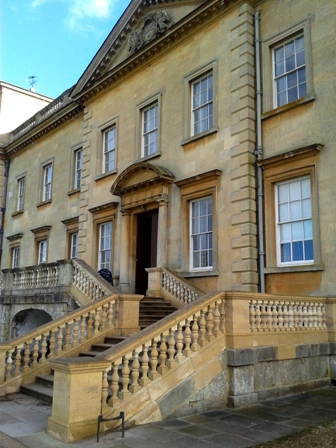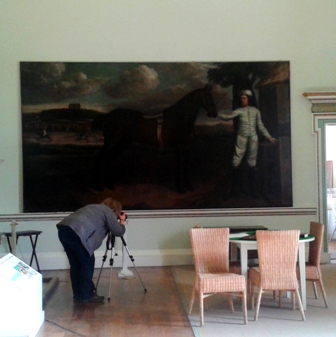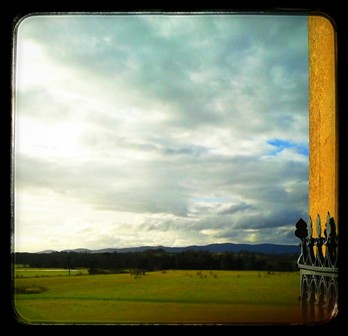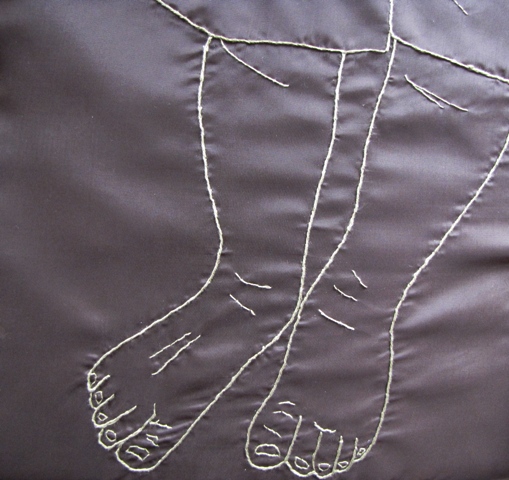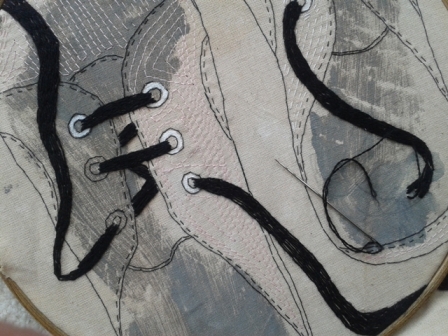At the end of the January, my project was commissioned to be a part of Soul to Sole installation at Croome Court, a beautiful place hidden in the heart of Worcestershire. It was really good news and I am glad to have an opportunity to do learn more about the history of the house and have a chance to show an artwork displayed to all visitors of the house that will be in the future a very exciting place to see.
The aim of the Croome Redefined Project is to repair the house itself, which includes vital and urgent restoration work on the building, but also to bring a new life to the Court’s collections and cherish them for future generations of visitors. The aim is to not just present all significant elements of Croome history and the house architectural beauty, but also engage visitors to take part in the new life of Croome Court created in collaboration with creatives, craftsmen, artists and the talented people who work in various disciplines.
Croome Court is a mid-18th-century Neo-Palladian mansion surrounded by extensive landscaped parkland near Pershore in south Worcestershire. The mansion was adapted from the earlier Jacobean-style house by Lancelot ‘Capability’ Brown between 1752 and 1758 for the 6th Earl of Coventry (1722 -1809) with the advice of Sanderson Miller. Its interiors were largely decorated and embellished in the late Rococo style under Brown and Francesco Vassalli, but three of its key rooms were decorated and furnished by Robert Adam in the 1760s in the emerging Neo-classical taste.
Croome was the seat of the Coventry family for around 350 years (from the late 16th century to 1948). Now the National Trust owns the park and garden. The mansion house, Croome Court, was purchased by the Croome Heritage Trust and is currently leased to the National Trust. Croome Court is one of Worcestershire’s few Grade I listed major houses and is one of even fewer that remain uncompromised.
The aim of the Croome Redefined Project is to repair the house itself, which includes vital and urgent restoration work on the building, but also to bring a new life to the Court’s collections and cherish them for future generations of visitors. The aim is to not just present all significant elements of Croome history and the house architectural beauty, but also engage visitors to take part in the new life of Croome Court created in collaboration with creatives, craftsmen, artists and the talented people who work in various disciplines.

